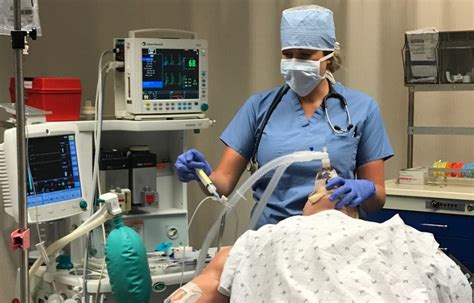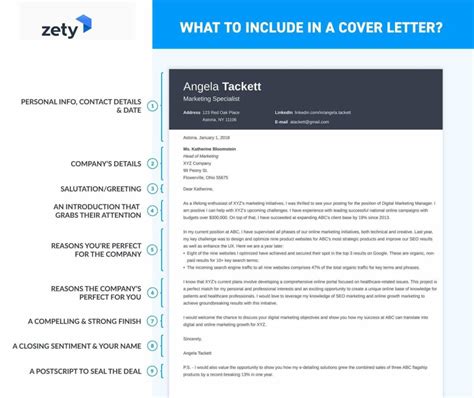How Do You Write A Resume
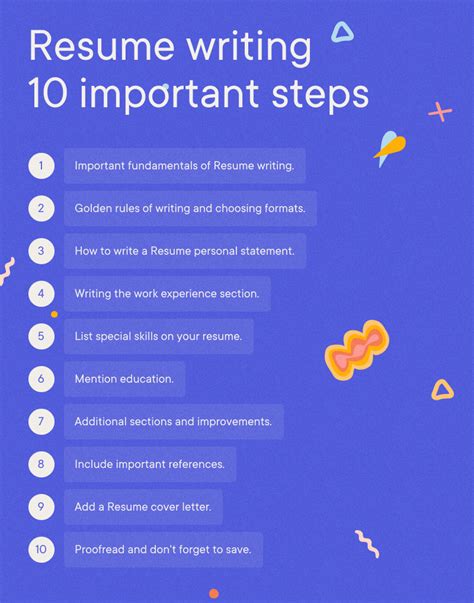
Crafting a resume is an essential skill in the job search process, as it serves as your initial introduction to potential employers and can significantly impact your chances of securing an interview. A well-structured and tailored resume highlights your skills, experiences, and achievements, setting you apart from other candidates and helping you land your dream job.
Understanding the Purpose of a Resume
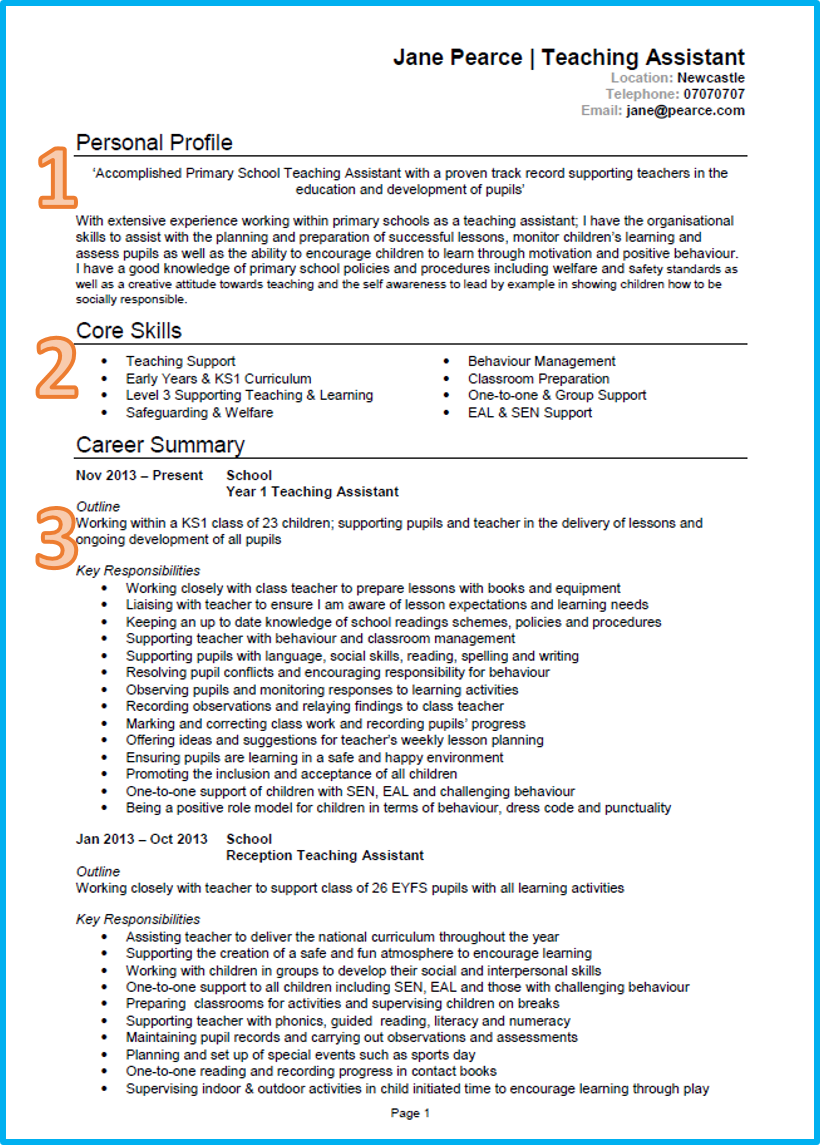
A resume is a concise document, typically one or two pages, that summarizes your professional background, education, and relevant skills. Its primary purpose is to showcase your value and convince employers that you are a strong fit for the role they are advertising. By providing a clear and organized snapshot of your career journey, a resume paves the way for employers to make an informed decision about inviting you for an interview.
Structuring Your Resume: A Step-by-Step Guide
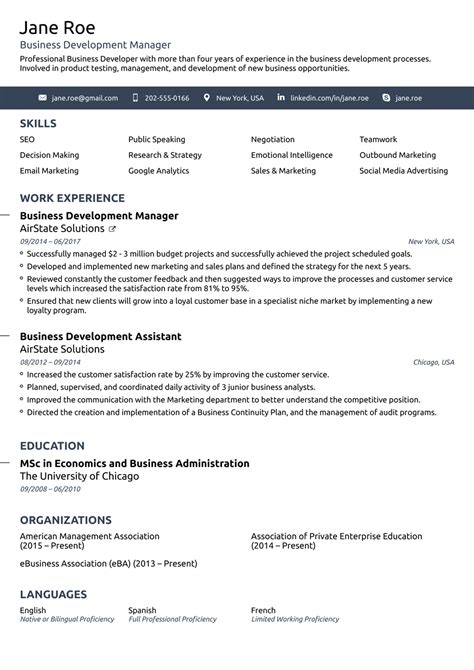
When creating your resume, it’s crucial to consider the specific job you’re applying for and tailor your content accordingly. Here’s a step-by-step guide to help you structure your resume effectively:
1. Personal Information and Contact Details
Begin your resume with your full name, followed by your contact information. This includes your phone number, email address, and physical address. Ensure that your email address is professional and easily traceable back to you. For instance, an email like john.doe@email.com is more suitable than funnyman99@email.com.
2. Professional Summary or Objective
Consider whether you want to include a professional summary or an objective statement. A summary is ideal for experienced professionals and should be a concise paragraph (3-5 sentences) that highlights your key strengths, expertise, and career goals. On the other hand, an objective statement is more suitable for entry-level candidates and should focus on the specific role you’re applying for, expressing your interest and outlining your relevant skills.
3. Education
List your educational background, starting with the most recent qualification. Include the degree or certification obtained, the institution’s name, and the graduation date (or expected graduation date). If you have a relevant professional certification, such as a Project Management Professional (PMP) certification, mention it here as well.
4. Work Experience
Chronologically list your work history, starting with your most recent position. Include the job title, company name, and employment dates. Describe your responsibilities and achievements in each role using bullet points. Focus on quantifiable accomplishments and use action verbs to highlight your impact. For instance, instead of saying “managed projects,” say “led a team of 5 project managers, resulting in a 20% increase in project delivery efficiency.”
5. Skills
Identify and list the skills that are relevant to the job you’re applying for. These could include technical skills (e.g., programming languages, software proficiency), soft skills (e.g., communication, leadership), or industry-specific skills (e.g., SEO optimization, data analysis). Quantify your skills where possible. For example, instead of simply saying “proficient in Microsoft Office,” mention “advanced proficiency in Microsoft Excel, including VBA programming and data visualization.”
6. Additional Sections (Optional)
Consider including additional sections to highlight your unique strengths. These could include:
- Certifications and Awards: List any professional certifications or awards you have received.
- Publications: If you've authored or co-authored research papers, books, or articles, include a separate section for them.
- Volunteer Work or Hobbies: If your volunteer experiences or hobbies are relevant to the job, you can briefly mention them to showcase your well-rounded personality.
- Professional Affiliations: Mention any professional organizations or communities you're a part of, especially if they're related to your field.
7. Formatting and Design
Choose a clean and professional resume format. Avoid overly creative or colorful designs, as they may not be well-received by employers. Stick to a standard font like Arial, Calibri, or Times New Roman, and ensure your resume is easy to read and scan. Use consistent formatting throughout, including font sizes, bullet points, and line spacing.
8. Proofreading and Final Touches
Before finalizing your resume, proofread it thoroughly for any grammar, spelling, or formatting errors. Ask a friend or colleague to review it as well, as a fresh pair of eyes can catch mistakes you might have missed. Ensure your resume is tailored to the specific job you’re applying for, and consider using keywords from the job description to increase your chances of getting noticed by applicant tracking systems (ATS).
Tailoring Your Resume to the Job
One of the most critical aspects of resume writing is customization. Each job you apply for will have unique requirements and expectations. By carefully reading the job description and understanding the employer’s needs, you can tailor your resume to highlight the skills and experiences that make you the ideal candidate for that particular role.
Analyzing the Job Description
Take the time to thoroughly read and analyze the job description. Identify the key responsibilities, requirements, and qualifications the employer is seeking. Pay attention to the specific skills, knowledge, and experience they value. For example, if the job description mentions “excellent communication skills” and “experience with agile project management,” ensure your resume showcases these skills and provides concrete examples of your proficiency.
Highlighting Relevant Skills and Experiences
When tailoring your resume, focus on the skills and experiences that align with the job requirements. Emphasize these by placing them prominently in your work experience section or even creating a separate “Skills” section. Use bullet points to list your skills and provide brief but powerful descriptions of how you’ve applied them in previous roles. For instance, if the job requires “strong problem-solving abilities,” you could write, “Identified and resolved complex technical issues, ensuring seamless project execution.”
Using Job-Specific Keywords
Applicant tracking systems (ATS) are commonly used by employers to screen resumes. These systems scan resumes for specific keywords and phrases related to the job. By incorporating these keywords into your resume, you increase your chances of being selected for further review. Carefully read the job description and identify the keywords that describe the skills, qualifications, and responsibilities associated with the role. Use these keywords naturally throughout your resume, ensuring they are contextually relevant and not forced.
Quantifying Your Achievements
When describing your work experience, quantify your achievements whenever possible. Numbers and statistics provide a powerful way to demonstrate your impact and value. For example, instead of simply stating “increased sales,” you could write, “Boosted sales by 15% through effective marketing strategies and customer engagement initiatives.”
Adaptability and Flexibility
It’s essential to maintain a balance between showcasing your unique skills and adapting your resume to each job opportunity. While you should highlight your strengths, be prepared to adjust and emphasize different aspects of your background depending on the specific requirements of the role. This flexibility demonstrates your ability to adapt and your eagerness to take on new challenges, which are highly valued traits in the job market.
FAQ
Should I include an objective statement on my resume?
+The decision to include an objective statement depends on your experience level and the nature of the job. Entry-level candidates or those with limited work experience may benefit from an objective statement, as it allows them to clearly express their career goals and the specific role they’re aiming for. However, experienced professionals often opt for a professional summary, which provides a concise overview of their skills, expertise, and career trajectory.
How long should my resume be?
+The length of your resume should be determined by your level of experience and the requirements of the job. As a general guideline, aim for a one-page resume if you have less than 5 years of relevant work experience. For more experienced professionals, a two-page resume is acceptable, provided it is well-organized and focused on your most recent and relevant achievements.
Should I include references on my resume?
+It is not necessary to include references on your resume. Instead, you can include a statement such as “References available upon request” at the bottom of your resume. This indicates your willingness to provide references while keeping your resume concise and focused on your qualifications.

